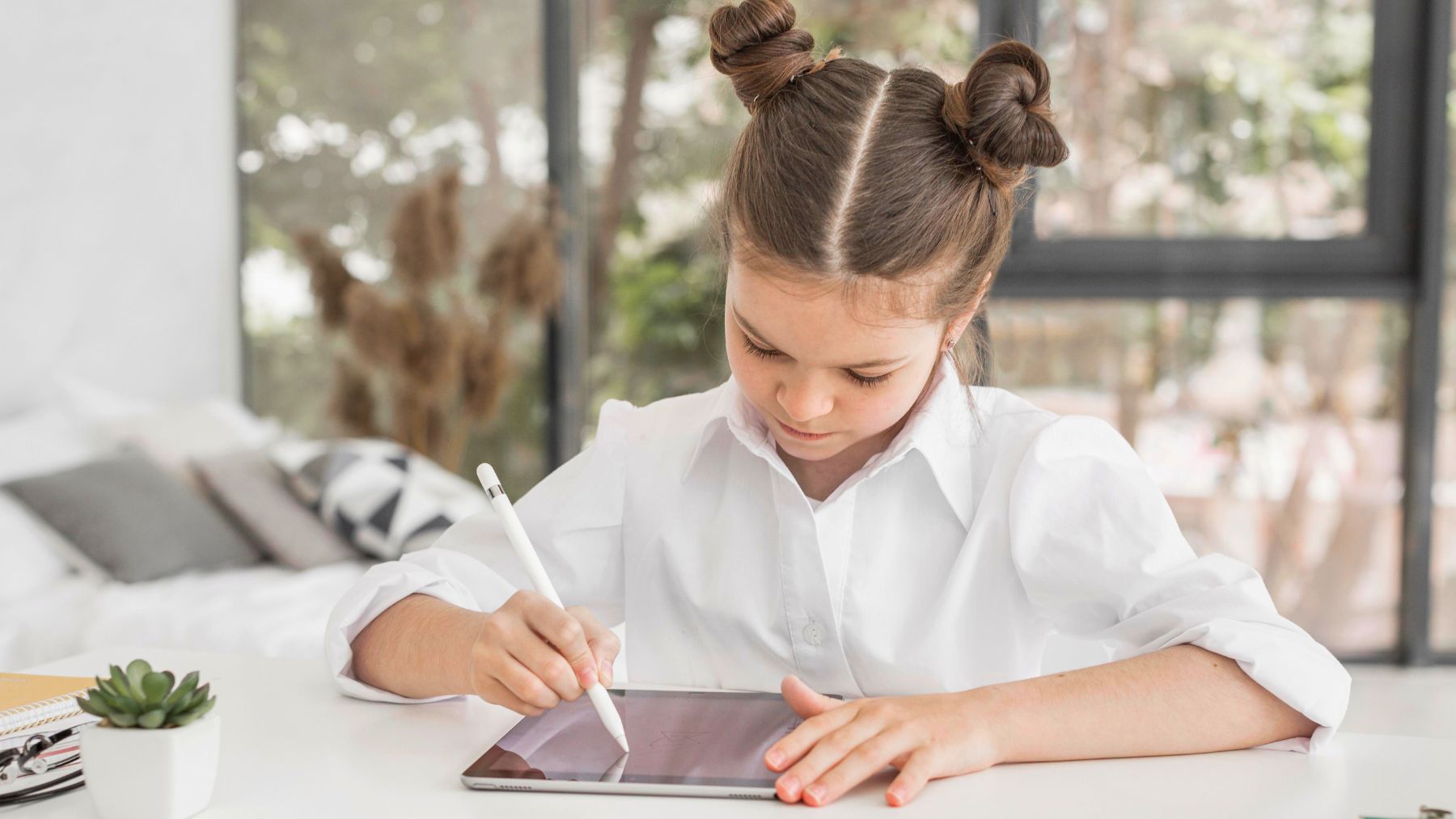Parents often think of reading, math, or coding when it comes to preparing kids for the future, but there’s another skill, both creative and practical, that rarely gets the same attention. Digital drawing can help children sharpen their minds while building talents they’ll carry into adulthood.
This blend of art and technology is already being taught in classrooms abroad and gaining traction in fields like animation, game design, and advertising. In the US, however, it remains overlooked. Here, we’ll explore the benefits digital drawing gives kids and how parents can help their children get started at home.
The benefits of digital drawing for kids
Digital drawing goes beyond creating colorful pictures on a tablet. It combines creativity with problem-solving and teaches kids how to use the same tools professionals rely on. Children who practice digital art develop fine motor control, hand-eye coordination, and visual thinking, all skills that carry over into other parts of their lives.
Unlike traditional drawing with pencil and paper, digital tools allow kids to experiment freely without the fear of making mistakes. They can erase, undo, or rework an idea with a single tap. That freedom encourages them to take risks, test new ideas, and explore different styles. It’s this trial-and-error process that strengthens their critical thinking.
There’s also a technical side. Using platforms like Adobe Photoshop, Illustrator, or Blender introduces children to software widely used in industries ranging from architecture to film. Even beginner-friendly apps like Doodle Buddy give younger kids a head start in navigating creative technology.
With digital drawing, kids can design characters, create animations, or bring entire stories to life on a screen. For some children, especially those who struggle to express themselves verbally, it provides an outlet to share their ideas and emotions visually. Over time, that builds confidence and independence.
Beyond personal growth, digital art exposes kids to possible career paths. Many professionals in these fields began experimenting with digital art as kids. Even if children never pursue art as a profession, the creative thinking and technological literacy they gain remain invaluable.
How parents can help kids get started with this hobby
Helping kids explore digital drawing doesn’t require expensive software or formal training. A few small steps can make it approachable and enjoyable.
- Start simple with apps. Young children can use free or low-cost programs like Doodle Buddy or Sketchbook. These apps are designed for beginners and focus on play rather than perfection.
- Introduce professional tools gradually. Teenagers or older kids can move on to Adobe Photoshop, Illustrator, or Blender. These platforms open up areas like 3D modeling, graphic design, and animation.
- Provide the right equipment. An entry-level iPad or Android tablet with a stylus pen can give kids the tools they need.
- Encourage practice, not perfection. Kids should see digital drawing as exploration, not a test. Praise effort and creativity instead of results.
- Use online tutorials. Free tutorials on YouTube or platforms like Khan Academy help kids learn new techniques and stay motivated.
Introducing digital drawing at home gives children an advantage in a digital-first world. Parents who encourage creativity while teaching their children how to use technology responsibly are preparing them for opportunities that go far beyond the classroom.
